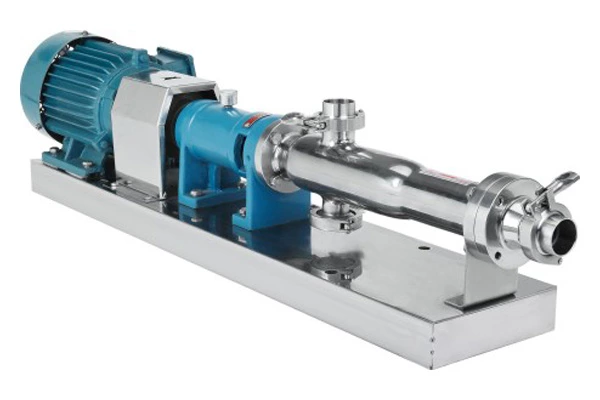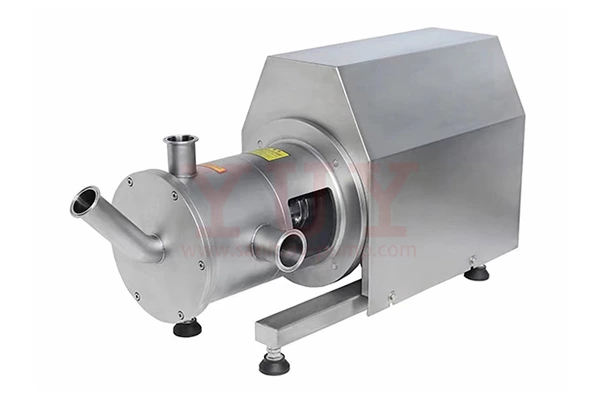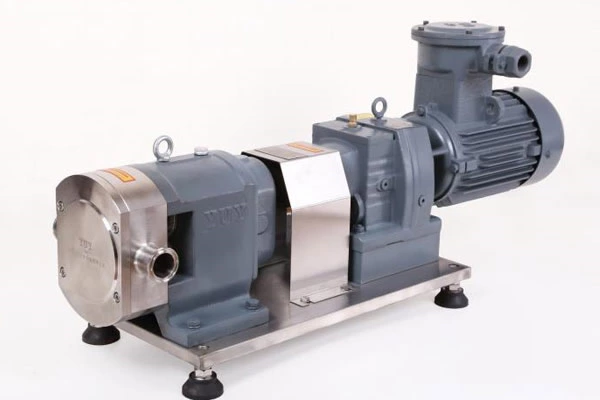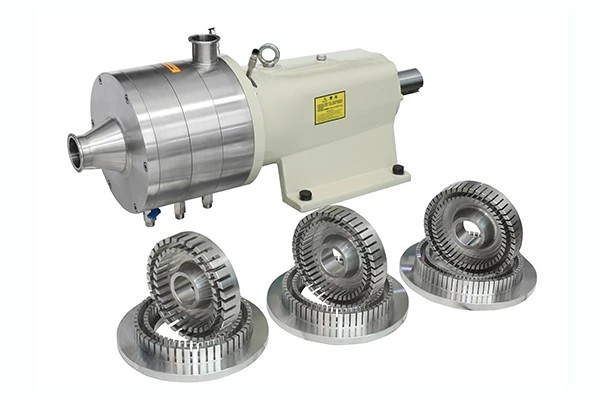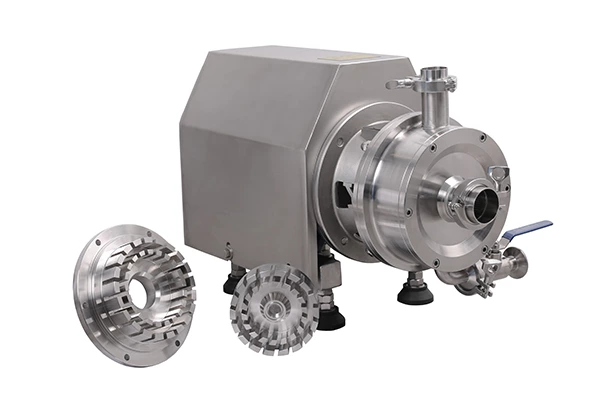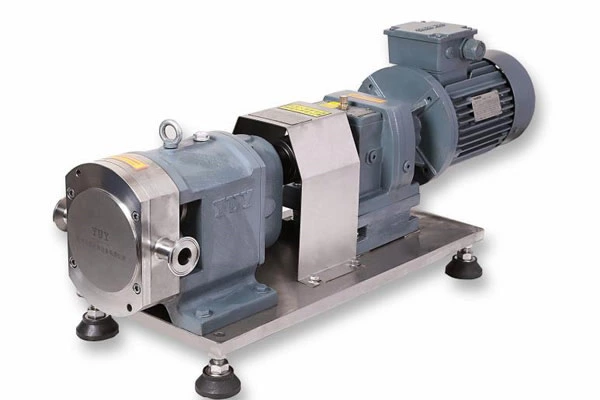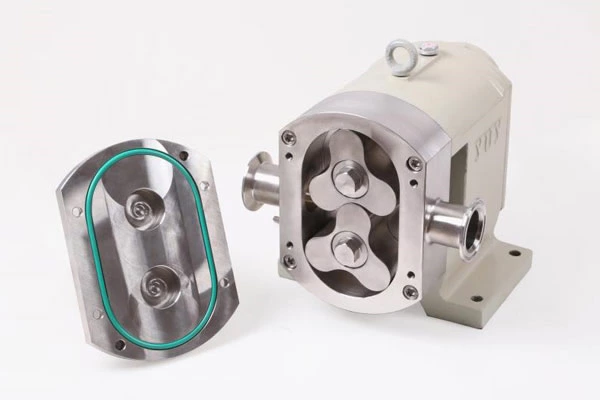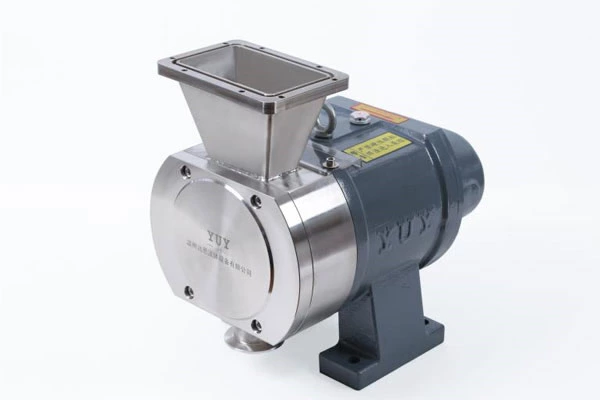Analysis Of The Causes Of Failure Of Mechanical Seals In Single Screw Pumps
Single Screw Pump shutdown is mainly caused by the failure of mechanical seals. The manifestation of failure is mostly leakage, and the reasons for leakage are as follows:
① Leakage of the dynamic and static ring sealing surface, the main reasons are: the end surface flatness and roughness do not meet the requirements, or the surface is scratched; there are particulate matter between the end faces, causing the two end faces to not operate in the same way; the installation is not in place, the method is incorrect.
② Leakage of the compensation ring seal, the main reasons are: deformation of the gland, uneven preload; incorrect installation; the quality of the seal does not meet the standard; the seal selection is incorrect.
The actual use effect shows that the most failed parts of the sealing element are the end faces of the dynamic and static rings. The cracks on the end faces of the dynamic and static rings of the single-screw pump are common failure phenomena. The main reasons are: ① The gap between the sealing surfaces is too large during installation, and the flushing liquid has no time to take away the heat generated by the friction pair; the flushing liquid leaks from the gap between the sealing surfaces, causing the end faces to overheat and be damaged.
② The liquid medium vaporizes and expands, causing the two end faces to separate due to the vaporization expansion force. When the two sealing surfaces are pressed together, the lubricating film is destroyed, causing the end surface to overheat.
③ The liquid medium has poor lubricity, and the operating pressure is overloaded, so the two sealing surfaces are not synchronized in tracking rotation. For example, the speed of a high-speed pump is 20445r/min, the center diameter of the sealing surface is 7cm, and the linear speed of the pump after operation is as high as 75 m/s. When one sealing surface lags behind and cannot track the rotation, the instantaneous high temperature causes damage to the sealing surface.
④ The sealing flushing liquid orifice plate or filter screen is blocked, resulting in insufficient water and failure of the mechanical seal.
In addition, the sealing surface is slippery, and a gap appears when the end faces are pressed together, causing the sealing element to fail. The main reasons are:
① The liquid medium is not clean, and there are tiny hard particles, which slide into the sealing surface at a very high speed, scratching the end surface and causing failure.
② The coaxiality of the pump transmission parts is poor. After the pump is turned on, the end face is shaken and rubbed once every rotation. The running track of the dynamic ring is not concentric, causing the end face to vaporize and overheat and wear.
③ The frequent occurrence of hydraulic characteristics of the liquid medium causes the pump group to vibrate, causing the sealing surface to be misaligned and fail.
The corrosion of the liquid medium to the sealing element, stress concentration, soft and hard material matching, erosion, auxiliary sealing O-rings, V-rings, concave rings and liquid medium incompatibility, deformation, etc. will cause the mechanical seal surface to be damaged and fail. Therefore, the damage form should be comprehensively analyzed to find out the root cause and ensure the long-term operation of the mechanical seal.
